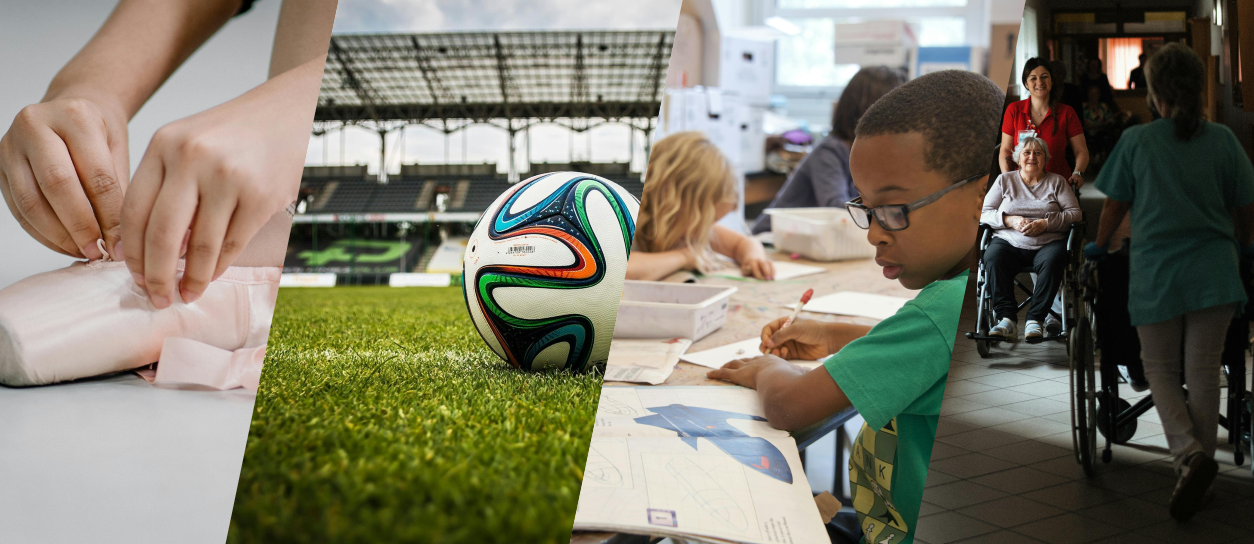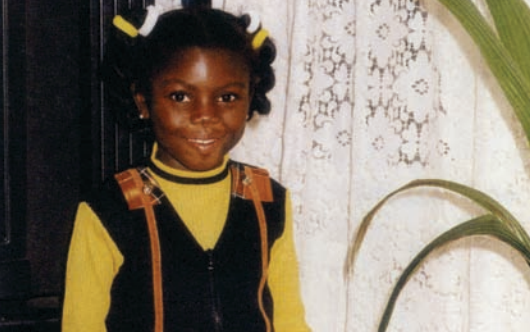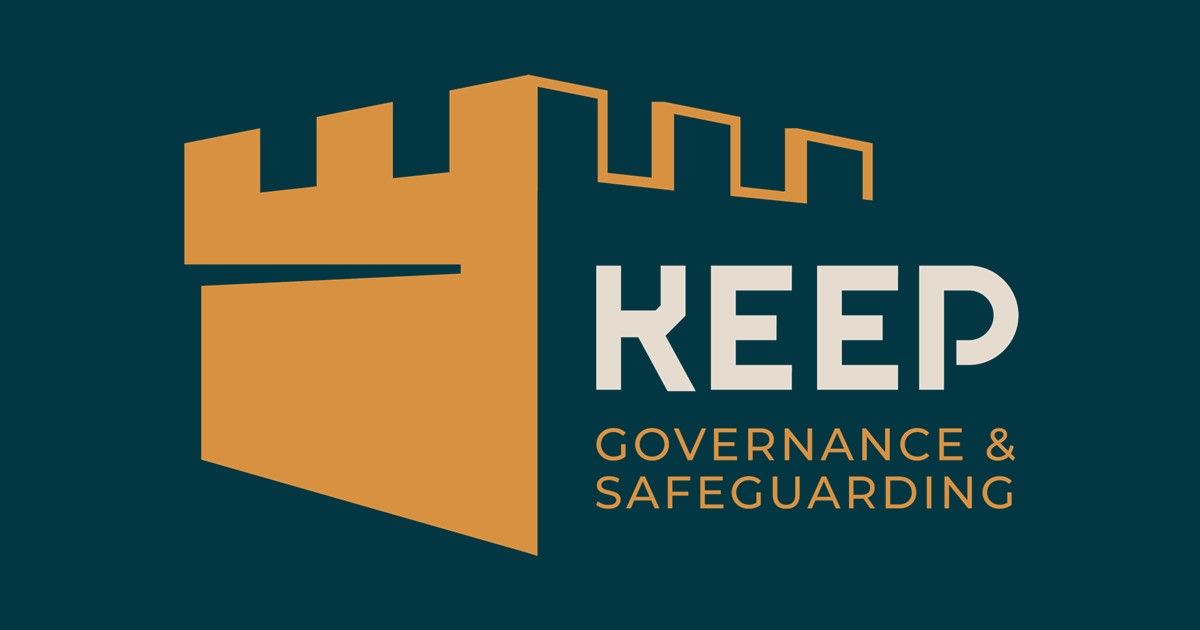Trust Brings Enrolment: The Protective Benefit for Arts Organisations
In the world of theatre and performing arts, where creativity and collaboration flourish, safeguarding may sometimes get overlooked – even though it is one of the most important components of a successful organisation. For organisations working with children, young people and adults at risk, establishing parental trust isn’t just good practise; it is critical. As we can all understand, parents need to know that their kids are protected, respected and supported both on and off the stage. In this article, we will explore why safeguarding is especially important in the arts, share and discuss a real-life case study, and outline actions organisations can take to strengthen parental trust and establish a safe creative space for all.
The arts are an amazing tool for people of all ages. It involves exercise and creativity, two of the major things that create dopamine in the human brain. It’s also a great way for people to learn to feel okay with being vulnerable. From dancing to singing to acting and anything in between, the arts can be amazing for mental health. As a dancer myself I can say from firsthand experience that it is so beneficial for mental health, contemporary dance especially has been a way for me to show vulnerability and let out my emotions. Not only for mental health but taking part in any of these activities can build life essential life skills such as:
- Teamwork
- Confidence and communication skills
- Discipline and dedication
It is a fabulous outlet for self-expression and a great way to discover yourself.
Safeguarding is essential in any organisation involving, children, young people, and vulnerable adults, however there are reasons why safeguarding is especially important in a performing arts environment.
- Close physical interaction – As a performing arts tutor trying to help your students improve, close physical interaction is often unavoidable. For example, a dance teacher may be helping their student with their technique and need to move their arm or leg to demonstrate.
- High pressure environment – Being in the arts, working towards a show or competition or exam, teacher and student are regularly under high pressure, meaning emotions are heightened.
- Informal setting and power imbalances – Performing arts clubs and activities should always be enjoyable. This means however that it’s not always the most formal setting, and with there being power imbalances (teacher/student) lines can sometimes be blurred and organisations must be very careful.
- Extended hours – Coming up to a show or any event that might need some extra rehearsals to prepare for, organisations will often schedule extra hours. This could lead to individuals feeling tired and more vulnerable.
- Off-site locations – Often an arts organisation may take certain events to a different location than their usual rehearsal space. For example, a dance school might book a theatre for a performance space or a singing coach may take a student to a competition outside of their regular rehearsals. This can cause potential exposure to external risks.
- One to one session – Students may sometimes have a private lesson with their tutors so they can have more personalised learning and improve their skills even faster.
- Young people taking emotional risks – Taking part in performance, especially as someone who is new to it, can make people feel vulnerable. A tutor may also ask a student to tap into real life emotions and past memories to give a a more convincing performance.
All of these things are just part of being in the performing arts industry and there is nothing wrong with any of them, however the right precautions should be taken to ensure that no boundaries are crossed and everyone feels safe. Parents should know that their child is being taken care of where they should be. Therefore, organisations should take the necessary steps to protect their students, parents’ peace of mind and the organisations reputation. Trust brings enrolment.
Unfortunately there have been occasions where tutors have used their position and power to harass, belittle and even abuse their students. In recent years, some cases have come about regarding poor safeguarding measures in the performing arts world. An example of this is an incident in the Royal Ballet School in London. A student who attended the school in 2009, when she was 16 years old, to 2012, developed an eating disorder during her time there, leading to anorexia. She believes this stemmed from her tutor body shaming her.
In her first year, the student was made to stand in front of a mirror whilst the tutor pointed and prodded at parts of her body, saying she would cut them off if she had a knife and called her disgusting. By her second year, the girl had lost a significant amount of weight due to her new, unhealthy eating habits. She started smoking cigarettes to suppress her appetite and made herself sick frequently. This was praised by the teacher. In her third year, the student recalls having photos taken and a different teacher circled parts of her body and stated that the girl had a problem.
Understandably, constant comments about her body made her insecure and anxious, leading to much more serious issues. In January 2025, the former student settled a legal claim against the ballet school [1].
We’d like to think that this is a one-off issue, but unfortunately that is not the case. I have personally seen many stories online about similar issues happening in the arts sector, as well as hearing stories from personal friends of mine where tutors have body shamed them, or used their power over them in a way that it shouldn’t be. The performing arts industry is amazing for so many reasons, however, the right precautions must be taken so that parents know their children are safe.
[1]
https://www.leighday.co.uk/news/news/2025-news/first-legal-settlement-for-alleged-body-shaming-at-royal-ballet-school/ and https://www.leighday.co.uk/news/news/2024-news/call-for-witnesses-abuse-allegations-against-elite-ballet-schools/




